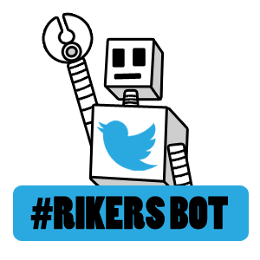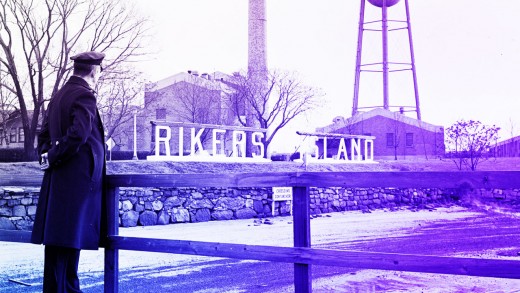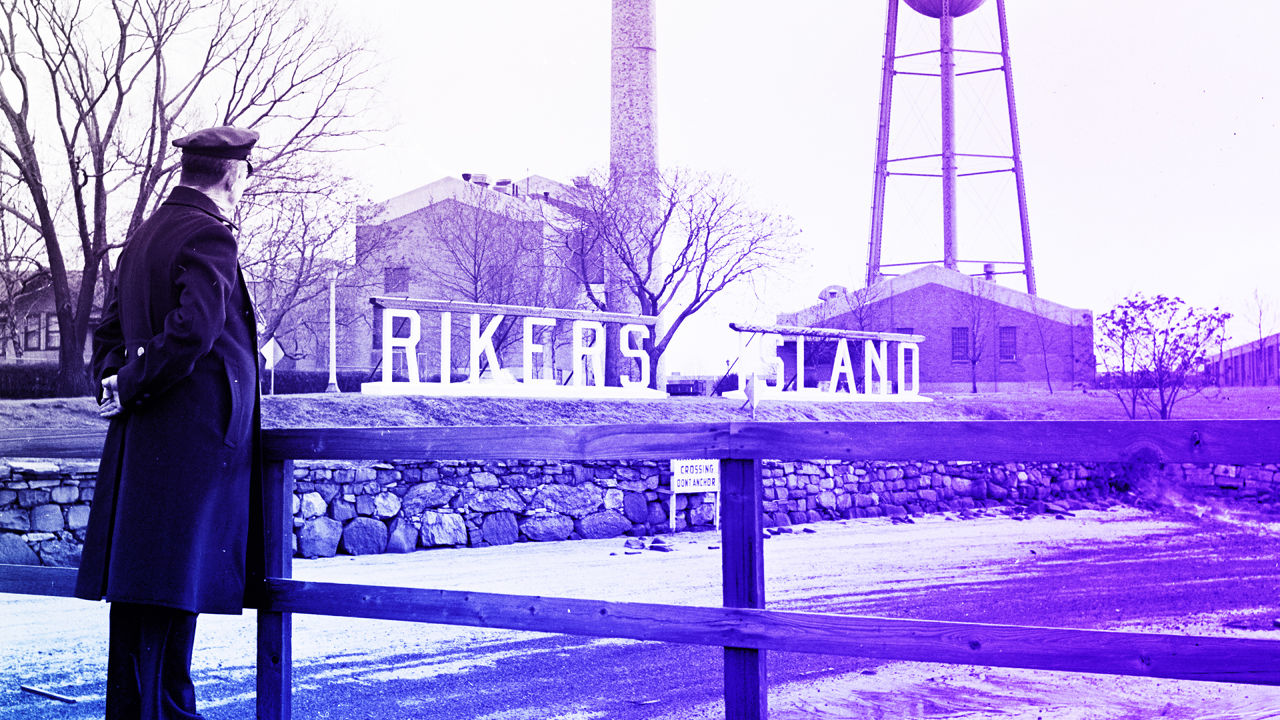How Rikers Inmates And Columbia students built A Twitter Bot–and not using a internet
In a brand new type, inmates learn to code at the back of bars.
November 30, 2015
now not long ago, a team from Columbia college set out to construct an automated Twitter bot in a spot without a internet get admission to—a part of a 12-hour category for people without a prior programming experience. They held the category at ny’s Rikers Island in an ongoing effort via Columbia’s center for Justice to provide tutorial programs for younger people incarcerated at the jail complicated. Teenage inmates worked alongside Columbia college students to analyze the basics of Python, put collectively tweets about their private experiences, and contributed code to Rikers Story Bot, which randomly selects and posts a tweet from the team every day.
“A excellent part of the code that made it into the bot used to be written in that classification,” says Dennis Tenen, a device engineer became English professor and one of the vital course instructors.
considering the fact that Rikers doesn’t provide web access to inmates, the instructors couldn’t follow a regular coding faculty curriculum. the category relied much more on bodily supplies than most introductory programming classes. for instance, instructors brought in printed tweets—including tweets with the aid of musicians Drake and Meek Mill, and from President Obama and the New York city division of Correction—for college students to review prior to they wrote their own. And with fewer computers than college students, the classes included physical demonstrations of programming tasks, like looping and sorting papers.
“everyone roughly will get into it, and actually what they’re learning is the basics of algorithmic considering and the basics of control construction,” says Tenen.
The purpose wasn’t to turn the scholars into professional-grade programmers in just a few classes, Tenen emphasizes, however to introduce them to the fundamentals of programming and reasoning about algorithms and code.
“It’s truly to give individuals a style, to get individuals fascinated about coding, in hopes that after they come out, they proceed,” says Tenen.

every member of the category also bought a title, like developer or editor, that they’d be capable to use on a job or faculty software, he says. And once they did sit down down at the laptop, Tenen says the Rikers inmates have been steadily more prepared to scan than the fairly older Columbia students.
“In many ways, they gave the impression of kids that had been simply very wanting to analyze to place into this technique where their voices weren’t being heard,” says Thomas Brown III, a Columbia senior who participated in the classification.
They learned to make use of the IPython interactive development setting to scour constructed-in documentation and experiment with how the language works.
“You frequently can more or less take a string object and press down [in the IDE] and notice the entire methods connected to that string object, and then simply are trying them,” says Tenen. “You see string.capitalize and go, ‘hmm, what does that do?’ and you have to actually are attempting it—and while you are attempting it, that roughly experimentation encourages studying.”
Having an specific goal—constructing the Twitter bot—helped the class focus its restricted time speedy on learning to do concrete duties, instead of getting bogged down in abstract discussions of syntax and algorithms.
“as an alternative of talking abstractly about programming, we right away pointed out strings, and how there’s a hundred and forty characters, so it’s a must to check for size,” says Tenen. “that individual thing was once comprehensible to the scholars.”
And specializing in personal storytelling helped keep the students engaged, and helped the scholars from Rikers connect with these from Columbia.
“We had a young man in our staff that used to be a poet, so every time we would come into the crew he would carry all these thoughts and ideas that he had been [cogitating] on over the remainder of the week that he wished to share with the world,” Brown remembers.
It took a few classes, however the two groups found that they had a lot to talk about, especially on account that one of the crucial Rikers inmates grew up close to Columbia’s upper long island campus.
Tenen says the students would ask every other issues like: What’s your favorite burrito? “these were kind of the most unique moments—just seeing individuals speak to each other candidly about whatever, in regards to the climate, about meals, about just daily frustrations.”
The group occupied with writing tweets round a couple of hashtags, such as #RikersIsntHome, says Cameron Rasmussen, a center for Justice software director who worked on the mission.
“It’s the use of the hashtag as an overarching story that they could write to,” he says.
The writing assignments had their own unique challenges too, with one of the vital contributors at the back of bars and topic to detention center censorship—however the college students generally saved their messages work- and prison-acceptable, he says.
“i believe there’s a real difficulty of censorship, and we discuss that overtly,” says Rasmussen. “We want to strengthen their critical pondering talents and their crucial commentary skills, but we may’t be outwardly saying horrible issues in regards to the division of Corrections.”

the heart for Justice has prior to now taught different palms-on courses for young people on the penal complex thru its Justice-in-training Initiative, including a tune production type and one helping students improve a marketing strategy, he says.
this system isn’t the primary in the back of-bars programming class—California’s San Quentin and Folsom state prisons host a six-month coding boot camp, and the Montana division of Corrections just lately announced it can be working on a plan to teach programming to inmates. One problem at Rikers, although, is that the inmate inhabitants is fairly transient, because the prison only holds prisoners looking forward to trial or serving short sentences, which makes it arduous to supply extra in-depth classes.
“There’s not a stable culture—it’s individuals coming inside and outside all the time,” says Tenen. “find out how to do schooling in that atmosphere is a problem in itself.”
the guts for Justice hasn’t stayed in touch with the inmates in the classification however hopes so as to accomplish that with future groups, says Rasmussen. The workforce plans to carry a 2nd coding type this December, potentially specializing in interacting with the couple of hundred followers the Story Bot has got—and on buying more.
“a few of them are outstanding lawyers, a few of them are prominent activists,” Tenen says of the Story Bot’s followers. “For the next generation of this workshop, that may be a fun factor to think about: Who would they need to follow? Who would they wish to reply to?”
(29)














